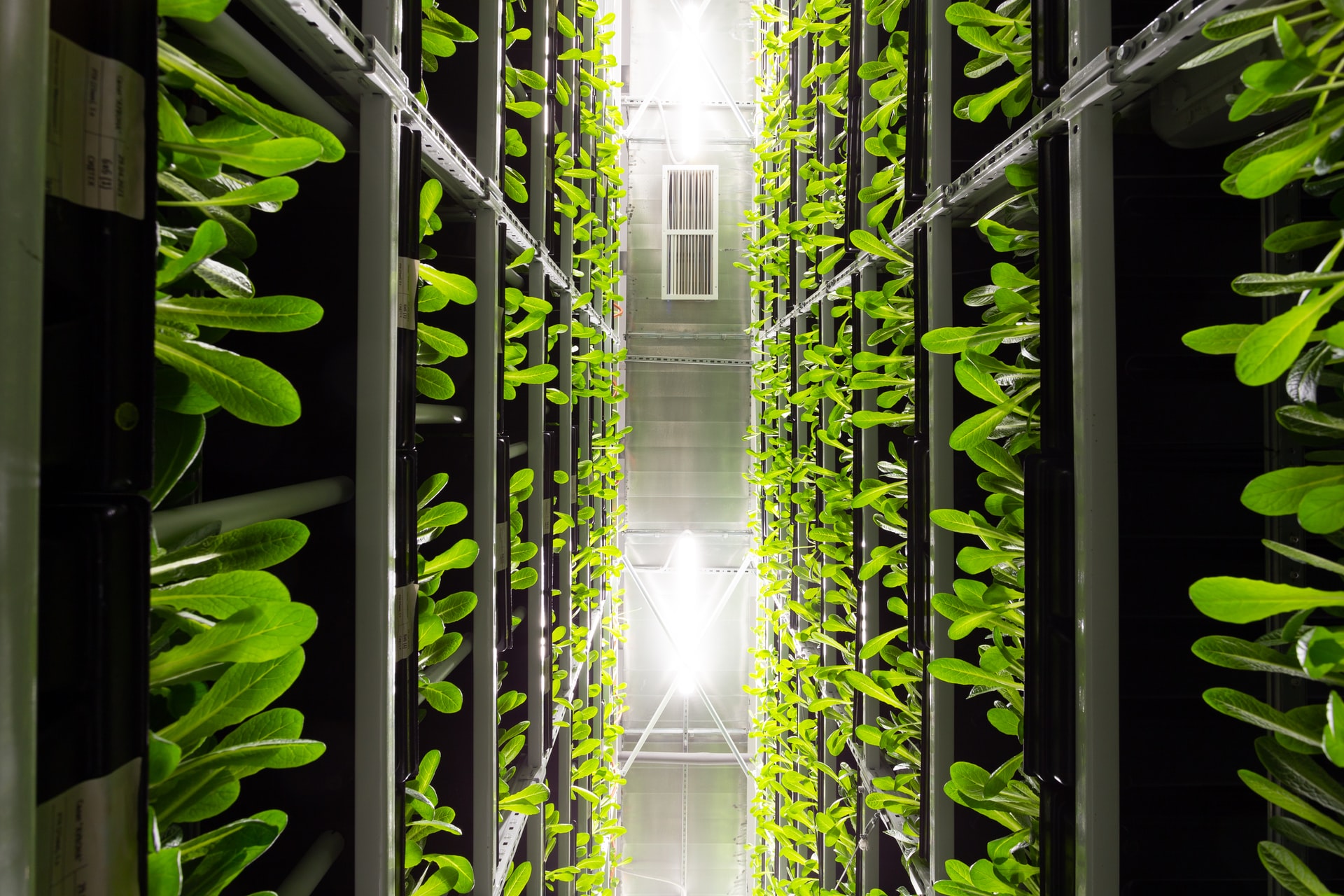Vertical farming technology generates significantly higher crop yields and substantially less water waste when compared to traditional agriculture. Despite the technology’s overwhelming potential, the growth of the industry has thus far been stunted by high startup costs and a insufficient funding.
However, vertical farming may be set for an influx of cash over the next few years. Walmart recently made headlines after purchasing a stake in US indoor vertical farming company Plenty as a part of a $400 million funding round. While the technology is years away from being implemented on a global scale, headwinds facing the traditional agriculture industry could accelerate vertical farming adoption and investment.
Related Stocks: Hydrofarm Holdings Group, Inc. (HYFM), AppHarvest, Inc. (APPH), CubicFarm Systems Corp. (CUBXF)
Vertical Farming Resolves Production Headwinds and Environmental Concerns
Vertical farming, the practice of growing crops in vertically stacked layers in a controlled indoor environment, solves many of the production and environmental setbacks facing the agriculture industry today.
For one, a major threat to crop production continues to be water scarcity amid extreme drought conditions spreading across the globe. As MRP recently highlighted, weather conditions have limited harvests and stoked food inflation further, yet those problems are nonexistent when vertical farming is implemented.
In a controlled indoor environment, farmers no longer have to worry about weather disruptions like drought, floods and frost that have ruined harvests from California to Brazil. Indoor farms allow for production 365 days a year, less reliant on traditional farming cycles where crops are only grown and harvested on a cyclical basis.
Year-round production with no disruptions would help alleviate rising food inflation, as the Food and Agriculture Organization of the United Nations (FAO) notes a steady increase in demand for food and unfavorable weather conditions are among the main factors leading to rising food prices. Further, world farmers will need to increase yields by almost 70% over the next 30 years to combat rising populations.
Fortunately, vertical farming technology is highly efficient, as a report from Big Think predicts these farms could increase annual yields by 700%.
Since these farms are vertical in structure, they require significantly less acreage and can be constructed in urban areas, reducing both transportation time and expenses. According to Free Think, some farms will be able to reach hundreds of millions of Americans in just one day of distribution, compared to a week or more under some current farming systems.
Vertical farms also use a fraction of the water that traditional agriculture necessitates. According to Pure Greens, the technology utilizes roughly 70% to 95% less water than typical farming practices, and due to the vertical structure, water runoff is easily recycled and reused for future crop production.
High Startup Costs Stunt Growth, Greater Investment Will Drive Adoption
Despite the vast potential vertical farms possess, the costs that go into the construction and maintenance of these projects remain very expensive, subsequently slowing the technology’s adoption and sending vertical farm stocks sliding through…
To read the complete Market Insight, current clients SIGN IN HERE For a free trial, or to subscribe and become an MRP client today, START A FREE TRIAL Once you’re logged in, you’ll also gain access to:










